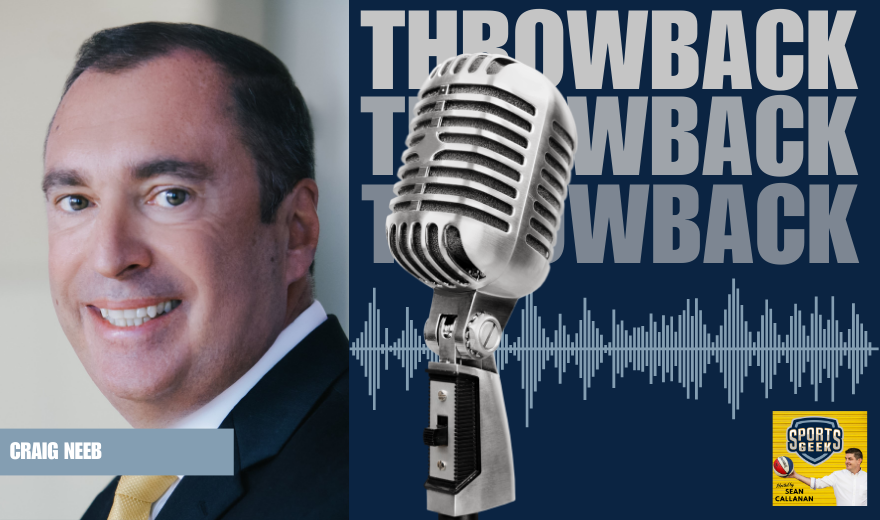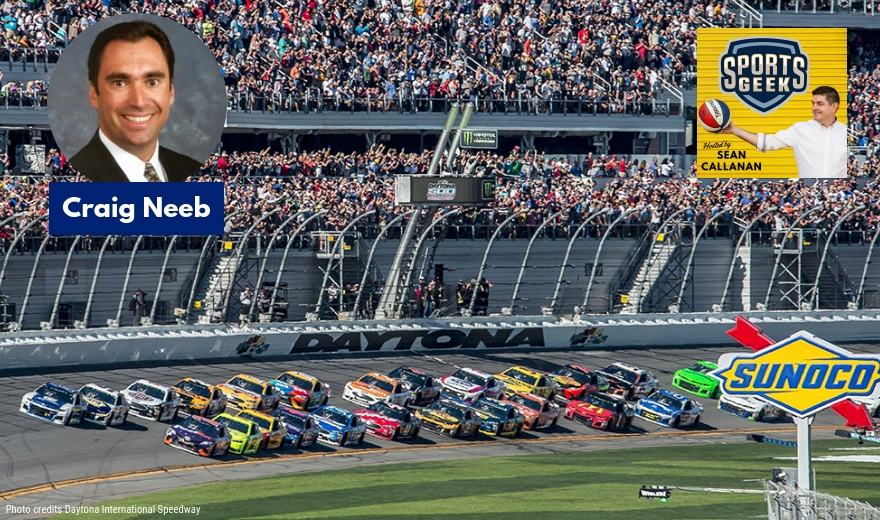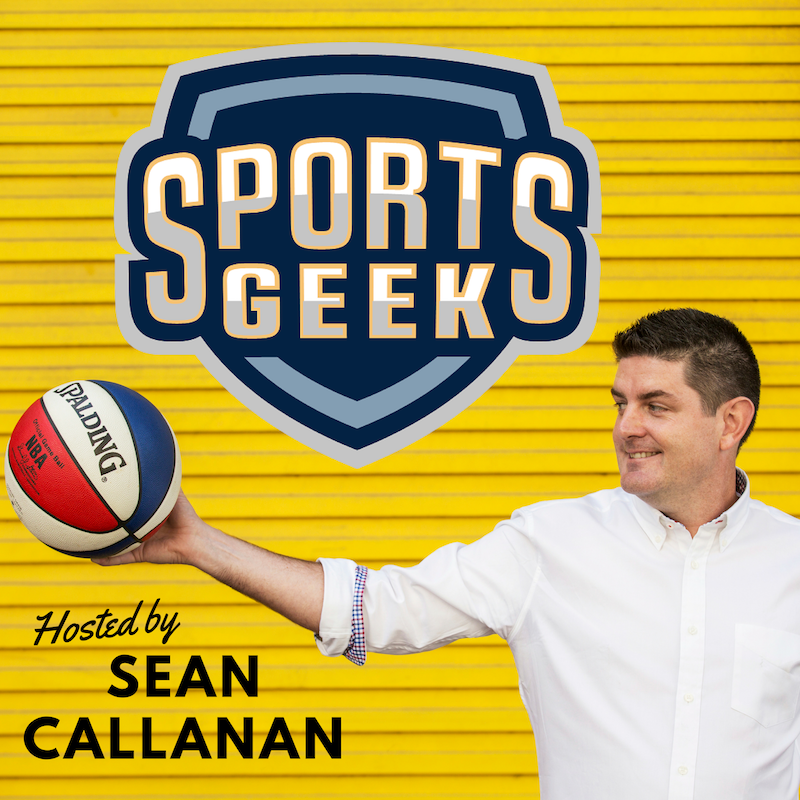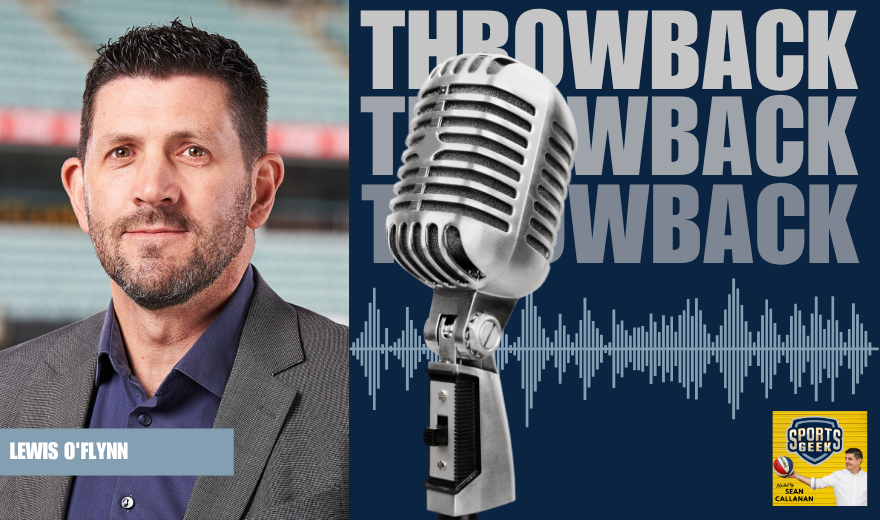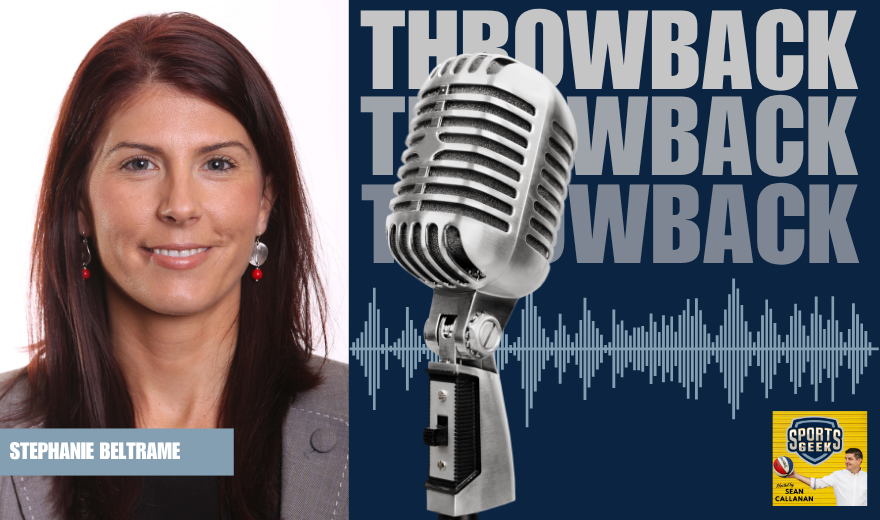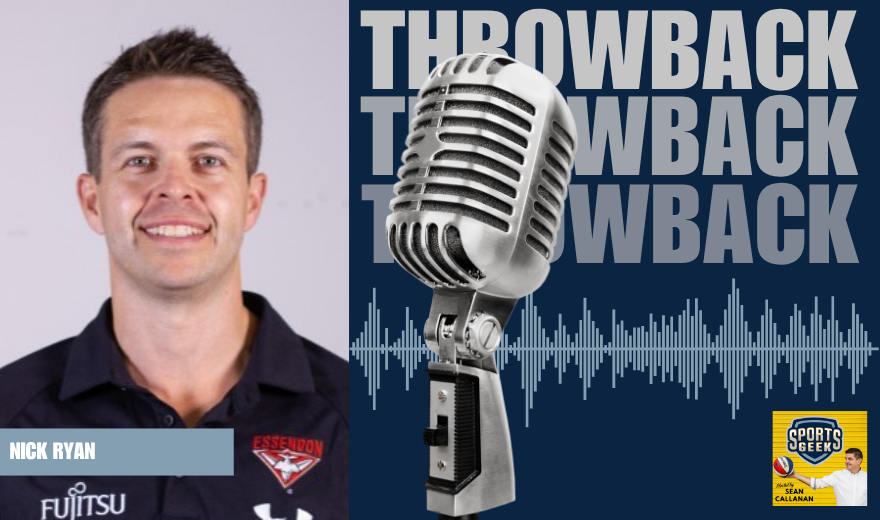This transcript has been lightly edited by AI
Sean: So how do you adjust that balance? Because you know your strategy and digital is a part of that for a track. So two years ago when you were looking at things from an ISC point of view it would have been customer service at the track. How do we engage fans on the track? How do we get more people to the event? That kind of focus to then also be saying well we actually want to make sure that we're talking to the fans that can't be at Daytona this week and making sure that they're engaged for the next race. How do you balance what would be traditional tracks point of view to sort of have them have the wider rising tide lifts all boats type approach to have the overall sport and NASCAR overall best interests at heart?
Craig: It's a great question. It's a fine line that I've been learning to balance in the last nine months that I've been in this role. It's really something that there's a sensitivity to the goals and objectives of the individual stakeholders to make sure that you don't make a decision that compromises their ability. So you really got to find where you can make the two add up to something more than what had been then. It's individual pieces and so I would say we haven't done a lot yet. We're really still mapping that out but we are finding some really interesting areas. I think you can find areas that compliment each other and still provide the angle and objective for each of the individual stakeholders.
Sean: We've seen in Major League Baseball with BAM and you know what the NBA is doing from a league point of view in its digital space especially pushing really hard into social where there's that fit from a NASCAR point of view to better connect with the fans that aren't in the sense of what have been some of the initiatives that NASCAR is looking to do in that space in a pure digital space.
Craig: Sure. So for example, I think the BAM example is a really good one. So all the mobile apps that we've developed over the years at ISC have been really focused around the event experience itself. So you'd need to use the maps, you use the schedules, use all those things that are relevant. But at the end of the day we want fans to be NASCAR fans when they leave the event. And so how do you transfer or what that in line event experience that was over to the NASCAR car mobile app and vice versa. How do you get somebody who's on the NASCAR mobile app who happens to live in Daytona Beach Florida to remind them that hey by the way the Daytona 500 is coming in February you might want to go out there. So we're looking at how ultimately can you have one app that can transform itself depending on where you are or just a little bit of information we can garner from you to know that you are attending the Daytona 500 so you're going to get all these set of features within the app. Now to enhance your experience at the venue. And then if you're not at the venue, we still know you're a fan because you came to an event. How do we make sure you leverage the NASCAR car model app so that when you're not there you're getting updates on the race. You're playing fantasy things like that. So that's where we are. That's one of the big plans we're working on right now is that being able to have that ability within a single app to have that transformation experience depending on what you are really experiencing.
Sean: Yeah, I mean it does start giving that connectedness to the fan. Well, this is a live experience which really does lock in the fan. Digital is great but the experience in real life. You know, the hearing, the listening, and the noise that the cars generate and you know the experience of being with 100,000 people when they going down the straight like that, it's really hard to replicate in digital. But if you can then get people to your tracks it starts locking them in so having that connect the experience and on the digital side definitely helps try to lock in those fans.
Craig: No, absolutely it is very difficult to convey that in the digital world. But you know again if there's enough things that you can tease people where you create you know why it's different to come to the event versus you know stay at home and watch it. You know I think one of things that really differentiates NASCAR is it's not a single event that kicks off at noon and ends at 3:00. It's a multi day event. I mean it's a sequence of things that are occurring on a Friday Saturday and Sunday in most cases. And a lot of that is the whole social part of it. There's a bunch of social experiences different ways to consume it and sharing those experiences digitally. So it's not necessarily just cars going around a track but it's this, it's the infield camping experience you know it's the autograph sessions it's the access on pit road that you get that you see on TV it's those things sharing those nuggets of experiences digitally and then obviously using social and that space too because there is no better credibility and authenticity than fans telling fans what a great time it is and why they're doing it and then incorporate that into the story is really with some of the things that we definitely focus to create that energy and excitement.


